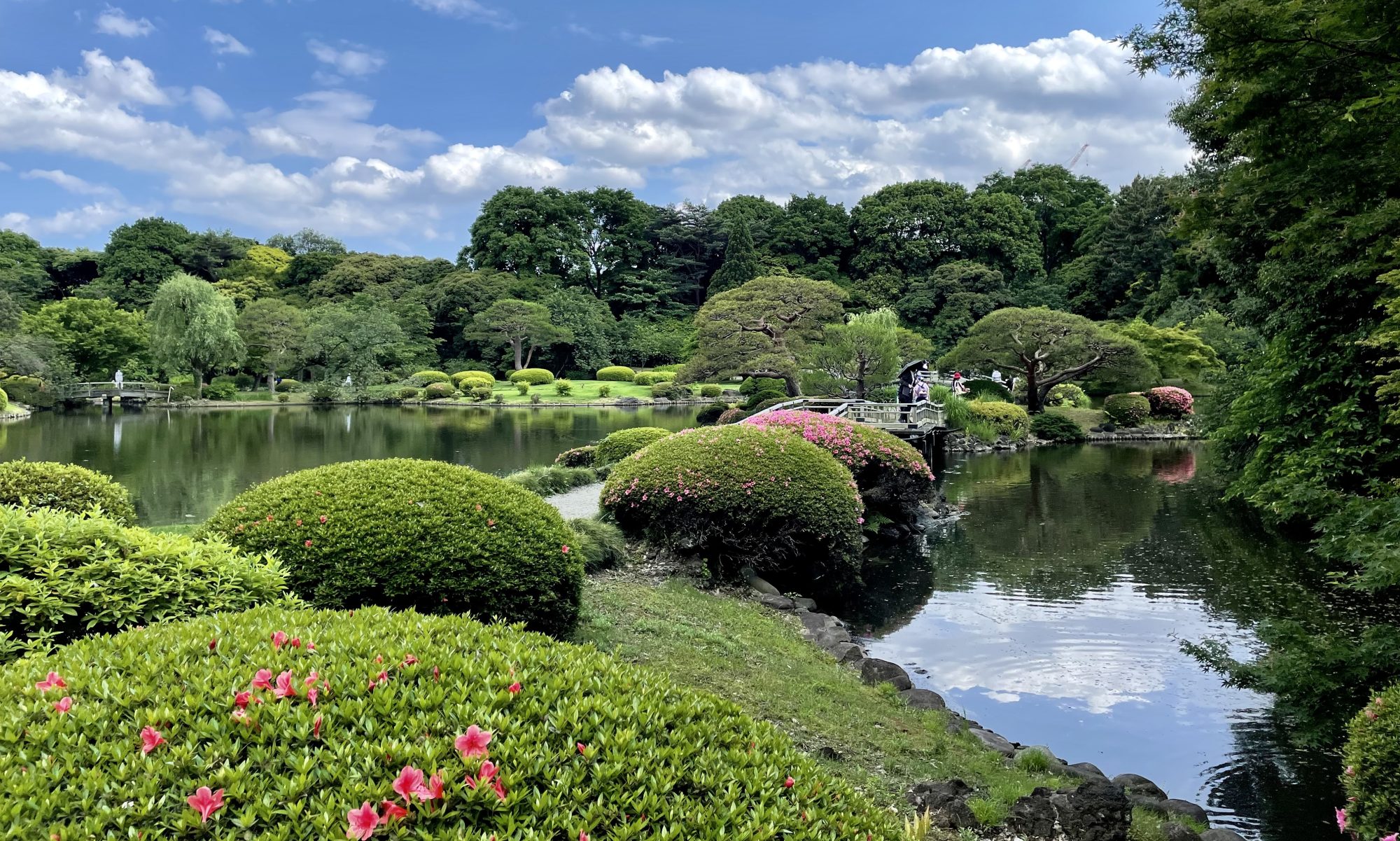The Red Crowned Crane (grus japonensis) is a timeless icon of Japan. Long heralded as an auspicious symbol of longevity and happiness, its beauty has graced Japan’s archipelago for centuries. Portrayed in paintings, featured in folktales, used by elites as rare gifts of diplomacy, and employed in all manner of corporate marketing, the crane remains a ubiquitous part of Japan’s identity and cultural heritage. By 1946, however, as a result of environmental degradation, war, and neglect, this bird almost became extinct in Japan—its numbers totaled no more than thirty.
Today, more than 1,500 cranes reside in Japan’s northern island of Hokkaido. Tourists, naturalists, and photo-journalists from around the world flock to the crane’s wintering ground to secure a glimpse of this magical and captivating creature. Salvation from the brink of extinction was no accident, but rather the result of an innovative and emotive campaign that spanned decades, traversed continents, employed diverse technologies, and drew on the efforts and enthusiasm of people from all backgrounds and ages.
In her second book project, Saving the Red-Crowned Crane: Modern Technology, Quiet Activism, and Conservation Diplomacy in Japan, Janet Borland writes the evocative story of the crane’s near complete demise and the nation’s most successful conservation effort into the history of twentieth century Japan. This project not only provides a new environmental, social, and political history of Japan, it also incorporates the story of Japan’s red-crowned crane into the twentieth century global history of the technology of conservation.

